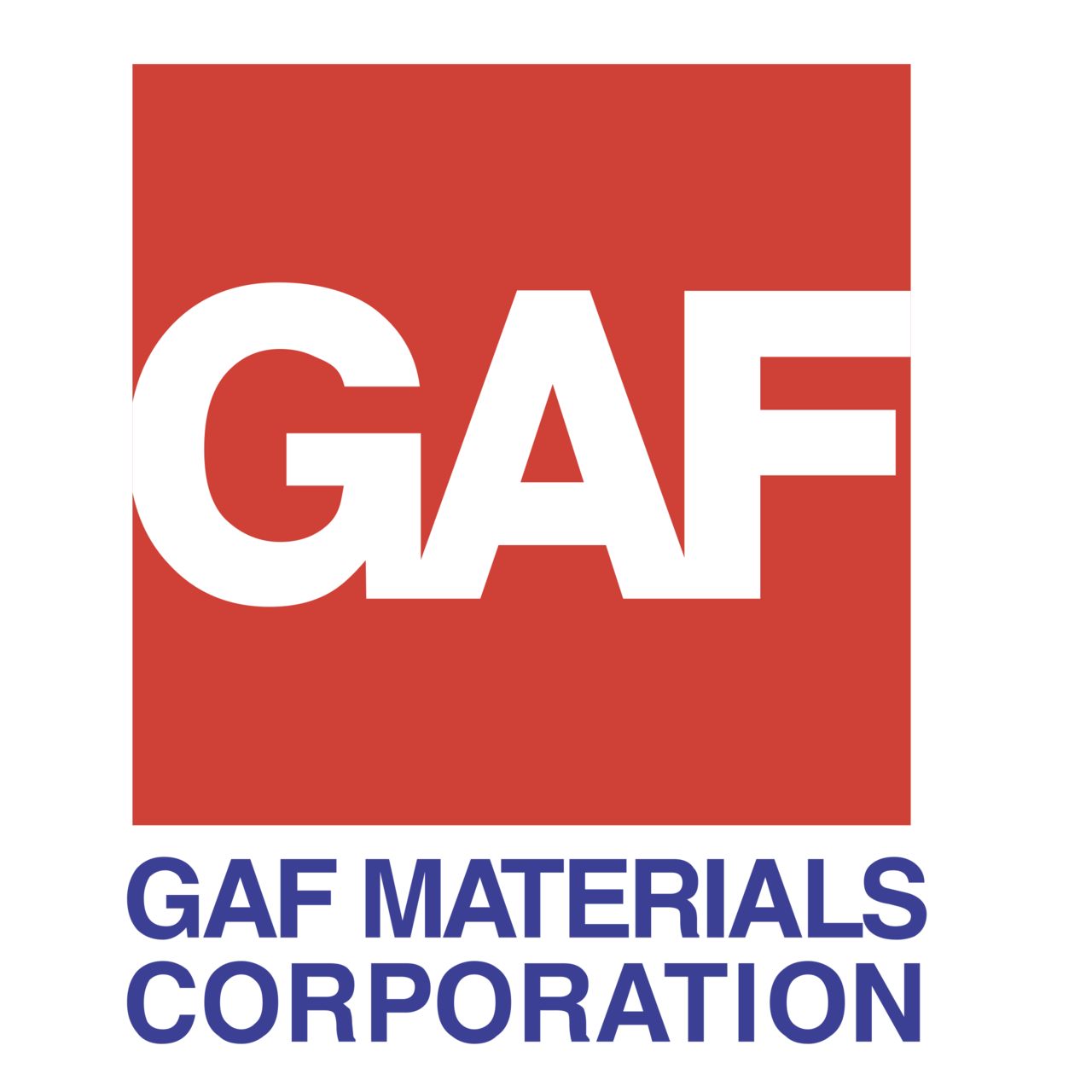Addressing Roof Noise Issues in Rock Hill,SC: Identification, Causes, and Solutions
Roofs, although necessary for providing shelter and protection, can occasionally cause unexpected disturbances. At Eason Roofing, we totally get it – dealing with annoying roof noise can be a real hassle.
Whether it’s the gentle sound of raindrops, the occasional impact of hail, or the soothing rustling of wildlife, these lovely disturbances can sometimes affect your peace of mind. In this section, we’ll explore different aspects of roof noise and disturbance. Our goal is to help you understand and address any concerns you may have in a friendly and helpful way.
Impact of Weather on Roof Noise
Weather conditions can have a significant impact on the noise generated by a roof. Various weather-related factors can affect the sound levels experienced inside a building, and these effects can vary depending on the roofing materials and construction methods used. Here are some ways in which weather can influence roof noise:
Rain
Rainfall can create a steady, rhythmic sound as it strikes the roof surface. The intensity of the noise can depend on the size and shape of raindrops, the roofing material, and the slope of the roof.
Metal roofs, in particular, can produce a pronounced sound when rain hits them, often described as “drumming” or “pattering.”
Hail
Hailstorms can cause significant noise and potential damage to roofs, especially if the roofing material is not impact-resistant.
Roofing materials such as asphalt shingles or wooden shakes may experience damage or degradation when exposed to hail.
Wind
Strong winds can create turbulence and lift roofing materials, resulting in flapping, rattling, or creaking noises.
Loose or damaged roofing components, like shingles or flashing, are more likely to make noise in windy conditions.
Snow and Ice
Accumulated snow and ice on a roof can contribute to noise when they slide or melt. This can be particularly noticeable if there are ice dams or icicles present.
As snow and ice thaw and refreeze, it can cause contraction and expansion noises in roofing materials.
Temperature Fluctuations
Extremes in temperature can lead to the expansion and contraction of roofing materials. This thermal movement can result in creaking or cracking sounds.
Metal roofs, in particular, can be prone to temperature-related expansion and contraction noise.
Atmospheric Pressure Changes
Rapid changes in atmospheric pressure, often associated with weather fronts, can create a popping or snapping sound in some roofing systems.
Humidity
High humidity levels can promote the growth of mold and mildew on roofing materials, which may produce an unpleasant odor and potentially affect indoor air quality.
To mitigate the impact of weather-related roof noise, homeowners and builders can consider the following measures:
- Proper insulation and ventilation can help reduce noise transmission from the roof to the interior of the building.
- Regular roof inspections and maintenance can identify loose or damaged roofing components that may contribute to noise.
- Choosing roofing materials with noise-reduction properties or using underlayment materials designed for sound control can help dampen noise.
It’s important to note that the impact of weather on roof noise can vary depending on the specific roofing materials, design, and environmental conditions. While some noise is inevitable during adverse weather, addressing potential issues and choosing appropriate materials can help minimize disturbances inside a building.
Roof Material Selection and Noise
The choice of roofing materials can make a substantial difference in the noise levels within your property. Eason Roofing is dedicated to helping you select the right roofing material to ensure a quieter living or working environment.
Some materials, like asphalt shingles, can absorb sound and reduce noise transmission, while others may amplify noise. We’ll guide you through the options, comparing and contrasting various roofing materials in terms of their noise-reducing properties, so you can make an informed decision that aligns with your comfort preferences.
The choice of roofing material can significantly impact the noise experienced inside a building. Different roofing materials have varying acoustic properties, and their ability to attenuate or transmit external noise can vary. Here’s how different roofing materials can affect noise levels:
Asphalt Shingles
Asphalt shingles are one of the most common roofing materials and provide some sound insulation.
They can absorb and dampen noise from rain and hail, reducing the intensity of these sounds inside the building.
However, they may not be as effective in attenuating noise from other sources, such as wind or thermal expansion and contraction.
Metal Roofing
Metal roofs, including materials like steel, aluminum, and copper, can be quite noisy during rainfall, causing a “drumming” or “pattering” effect.
The noise generated by metal roofs during rain can be reduced by adding insulation or underlayment materials.
Some metal roofing systems are designed with noise-reduction features, such as insulation layers or acoustic panels.
Wood Shingles and Shakes
Wood roofing materials, like cedar shingles and shakes, can offer some sound insulation.
They tend to absorb and muffle noise from rain and hail, creating a softer and less intense sound inside the building.
However, wood roofs may require regular maintenance to preserve their acoustic properties.
Clay or Concrete Tiles
Clay or concrete roofing tiles are relatively dense and can provide effective sound insulation.
They tend to absorb and disperse noise, reducing the impact of rain and other external sounds.
Tile roofing is often chosen for its durability and acoustic benefits.
Slate Roofing
Slate roofing is known for its durability and resistance to weather, but it can be less effective in dampening noise from rain compared to some other materials.
The natural stone surface of slate can transmit raindrop impacts more directly, resulting in louder noise.
Synthetic Roofing Materials
Some synthetic roofing materials, like synthetic slate or rubber roofing, may offer sound insulation properties similar to their natural counterparts.
The acoustic performance of synthetic roofing materials can vary based on their composition and design.
Roof Insulation and Soundproofing
Roof insulation and soundproofing are essential considerations for creating a comfortable and quiet living or working environment within a building. Proper insulation and soundproofing can help reduce external noise, control temperature fluctuations, and improve energy efficiency.
Here are some key aspects of roof insulation and soundproofing:
Types of Roof Insulation
- Fiberglass Insulation: Fiberglass batts or blown-in insulation are commonly used for roof insulation. They are effective at thermal insulation but may require additional soundproofing measures.
- Spray Foam Insulation: Closed-cell spray foam insulation not only provides excellent thermal insulation but also has soundproofing properties. It can fill gaps and create an airtight seal.
- Cellulose Insulation: Made from recycled paper or other natural fibers, cellulose insulation is an eco-friendly option that can provide both thermal and sound insulation.
- Reflective Insulation: Reflective barriers, such as radiant foil, are often used in combination with other insulation types to reflect heat and reduce radiant heat gain.
Soundproofing Measures
- Mass: Adding mass to the roof assembly can help reduce noise transmission. This can be achieved by using heavier roofing materials or additional layers of drywall or plywood on the ceiling.
- Damping: Damping materials, such as acoustic sealants, resilient channels, or damping compounds, can reduce vibrations and noise transmission through the roof and walls.
- Absorption: Acoustic panels or ceiling tiles with sound-absorbing properties can be installed on the ceiling to absorb sound waves and reduce reverberation.
- Decoupling: Decoupling the ceiling from the roof structure can help prevent sound vibrations from transferring through the roof and into the interior space. Resilient channels or staggered stud walls can achieve this.
Roof Deck Soundproofing
If noise from rain, hail, or other external sources is a concern, consider installing a soundproofing underlayment or insulation board directly on the roof deck before roofing materials are applied.
Ventilation and Insulation
Proper attic or roof space ventilation is essential for controlling moisture and temperature, which can affect the performance of insulation and soundproofing materials.
Sealing Gaps and Penetrations
Seal any gaps, cracks, or penetrations in the roof assembly, including around chimneys, vents, and skylights, to prevent sound and air leakage.
Professional Installation
Proper installation of insulation and soundproofing materials is crucial. It’s recommended to hire experienced professionals who are familiar with soundproofing techniques and local building codes.
Testing and Assessment
Consider conducting sound tests or assessments to identify specific noise sources and areas that require additional soundproofing measures.
Building Codes and Regulations in Rock Hill SC
Ensure compliance with local building codes and regulations related to insulation and soundproofing.
Soundproofing a roof involves a combination of insulation materials and soundproofing techniques tailored to the specific noise sources and the building’s needs. Consulting with a qualified contractor or acoustic consultant can help you choose the right materials and methods to achieve effective soundproofing and insulation for your roof.
Proper roof installation is paramount when it comes to minimizing noise and disturbances. Eason Roofing emphasizes the importance of a well-executed installation process. Our experienced roofing professionals employ techniques and practices designed to reduce noise during installation. We prioritize your comfort and peace of mind throughout the roofing process.
At Eason Roofing, we’re committed to addressing all your concerns related to roof noise and disturbances. Our comprehensive solutions, combined with expert guidance, ensure that your roof remains a source of protection and tranquility. Your peace of mind is our top priority.







